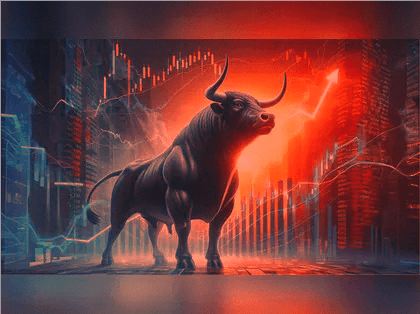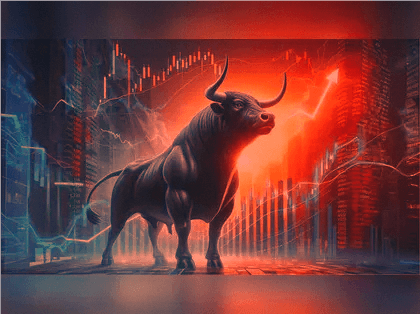The S&P BSE Sensex, also referred to as the Sensex, is one of the noteworthy stock indices in India which is used to track the performance of the 30 largest and the most actively traded stocks listed on the Bombay Stock Exchange, BSE. This index is a critical indicator of the Indian economy and market trends.
History and Role
The BSE introduced the index in 1986, and it has become an integral part of the financial system in the country. This index is mean to track the fluctuations in the share price of major companies belonging to different sectors like IT, t, consumer, finance and many more. It has thus been established that the index has become an effective measure of the general development of the Indian stock market and gives a picture of the status of the economy.
In terms of its value, the Base Value of the index has been fixed at 100 as on 1st April 1979 when the index was low but only one area recorded substantial growth and that was the 1980’s Era. In the first place it was composed of solely a chosen set of industrial stocks, but as a result first of the restyling of the Indian economy, more sectors were included in it significantly increasing the scope which the index provides for the economic development of the nation.
How the Sensex Is Calculated
Through this method of calculation, only stocks available for trading are accounted for which in this case is the free-float market, enabling accuracy in the calculation of Sensex as it describes the actual activity in stocks instead of the entire shares issued from the companies.
The 30 companies that form the sensex each have a different weight according to their Capital Market attached to them. Like Reliance, HDFC and TCS being large Companies influence the weight of the Index, hence the share prices of these paramount companies determine the weight of the Sensex while being sold.
Constituents of the Sensex
To keep the Sensex related to the changing economy, the list of companies comprising the index is reviewed from time to time. At the current time, it has a wide range of blue-chip companies from different industries. Some of the companies which figure regularly on the index are:
Reliance Industries – Diverse firm involved in the business of petrochemicals, refining, telecommunication and retail industries.
HDFC Bank – The largest private sector bank in India offering a range of financial services in the country.
Tata Consultancy Services (TCS) – One of the largest IT service companies in the world.
Infosys – A global company specializing in IT consulting, business consulting and outsourcing services.
ICICI Bank – One of the largest banks and major player in financial services in India.
Impact on the Economy As said earlier, The Sensex is not simply an index of stock, but rather a gauge of the economy and finance for Indians. Changes in the index usually convey the attitude of the investors both in and outside the country towards the economic environment of India. For example, investors in the sensex feel that it will rise so there is economic growth to look forward to, and when it falls there is worry of not enough economic growth or return.
The Sensex is closely monitored by both institutional and retail investors to inform their investment strategies . It is also an essential factor in shaping government policies. Policymakers focus on the Sensex during significant rises or drops because it shows their confidence in business prospects and the economy.
Global Outreach and Developments
The investment community globally has grown increasingly interested in the Sensex especially with the increasing pace India is developing at. All of this has occurred due to the larger contribution made by FIIs towards the Indian markets. Such movements also increase the number of variables that sensitivity elements include, one such element is the interest rates in the US or changes in commodity prices or global political outlook. Decisions made by the Federal Reserve greatly impact the Sensex, especially as the Federal Reserve’s move affects investing rates in India.
With the greater focus on the stock market in India comes the development of more financial instruments. In order to replicate the performance of the Sensex, investors make use of mutual and exchange-traded funds without the need to actually buy the shares of the firms that constitute the funds.

Conclusion
The Sensex is more than just a stock market indicator, it showcases the evolution of the Indian economy and its adoption in international finances. It also allows investors to explore India’s economic viability through the representation of its strongest companies. Given the constant growth of the economy and its diversity , the Sensex will definitely continue to be relevant for domestic investors and foreign nationals alike.
if you are interested for more: “Asian Paints: LIC Deepens Its Stake, Raamdeo Agrawal Sees Brighter Prospects For ‘Bruised Bluechip’ In spite of Short-Term Headwinds” “Sensex 7 Powerful Insights: India’s Economic Barometer and Stock Market Guide”





